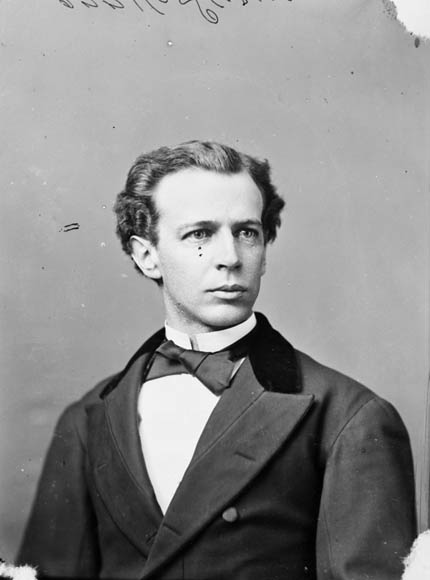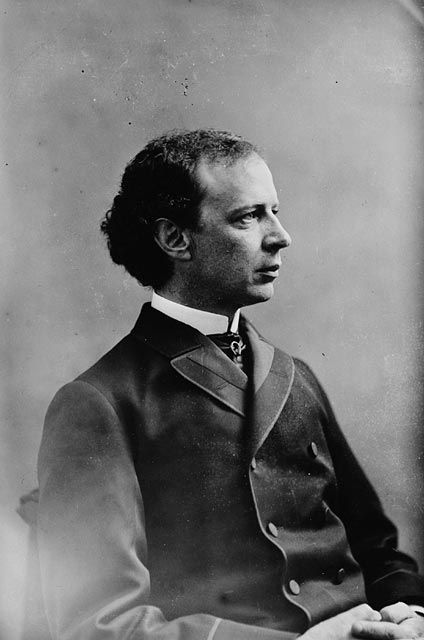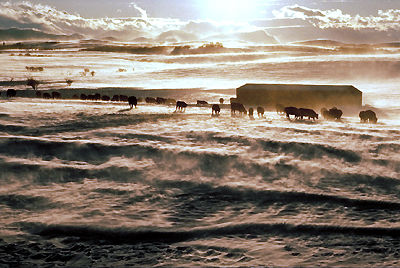Speech
Wilfrid Laurier: Let Them Become Canadians, 1905
On 1 September 1905, Wilfrid Laurier spoke before an audience of some 10,000 people in Edmonton, the newly minted capital of Alberta, which had just joined Confederation along with Saskatchewan. It had been 11 years since he’d last visited Edmonton, and he remarked that so much had changed in that time. He noted the growth of cities in the West, as well as the development of industry and transportation, agriculture and trade there. “Gigantic strides are made on all sides over these new provinces,” he said. It was a crowning moment of a movement — to colonize the West — and Laurier was there to thank the immigrants and settlers who had made that possible. Though the Laurier government’s immigration policies championed the arrival of some and barred the landing of others, his comments on acceptance in this speech served as a better model to follow.











